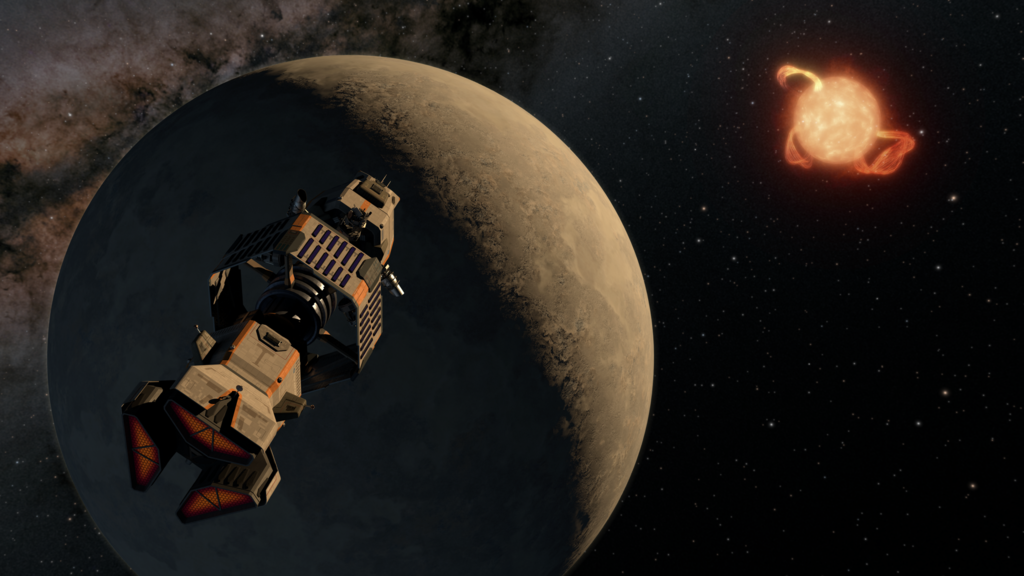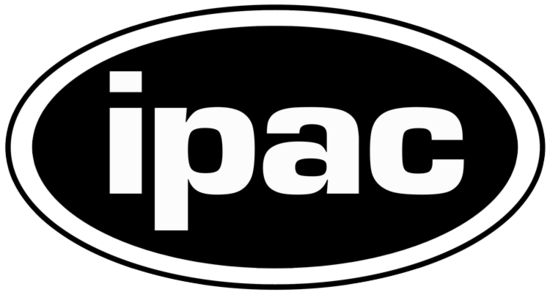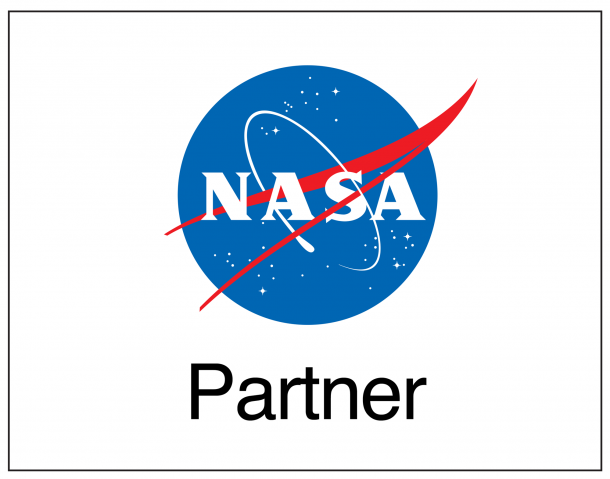
Habitable Zone: Scorched Earth Enigma
News
•
July 9th, 2019
What can turn a seemingly perfect ocean-rich planet into an uninhabitable desert wasteland? Two future space explorers (actors from "The Expanse") aim to find out in "The Habitable Zone: Scorched Earth Enigma," a science grounded sci-fi video from the NASA’s Universe of Learning project. While the story is a work of fiction, the ideas are pulled directly from current exoplanet science and vetted by astronomers and education specialists.
This video appropriately comes at a time when NASA celebrates the 50th anniversary of the Moon landing, and looks forward to our return to the Moon, an important first step in sending humans to Mars. Inspired by this commitment to science and exploration, "The Habitable Zone: Scorched Earth Enigma" lets us imagine what future astronauts might face if we someday move beyond the Moon and Mars to visit worlds that orbit other stars (exoplanets).
To date, scientists have discovered over 4,000 exoplanets in our galaxy, with more being found every month. The question naturally arises: is life possible on any of them?
This is the central theme of "The Habitable Zone" video series, in which each episode examines a different science consideration of conditions necessary to make an exoplanet hospitable to life, particularly humans. The name of the series is the same term used by astronomers to describe the region around stars in which an Earth-like planet could potentially support liquid water on its surface.
A good supply of liquid water would be a key step to nurturing life (at least as we know it) on an exoplanet.
The new episode ("Scorched Earth Enigma"), co-starring Parry Shen ("General Hospital"), examines how the activity of a host star could have devastating impacts on the atmospheres and oceans of their orbiting worlds. It continues the story of "Goldilocks Paradox," the first episode in the series (released late 2018), where the explorers learned that both a planet's composition and location are critical in determining whether it could be covered in liquid water.
The visuals for the series are created by the same science visualization team that has helped to illustrate some of NASA's most significant astrophysics and exoplanet discoveries from missions like Kepler and the Spitzer space telescopes.
Viewers who want to know more about the astronomy covered in the "Universe Unplugged" videos can visit the Universe Unplugged website. There they can find fun facts for the episodes, links to related articles and educational resources, and after-show-style videos with astronomers digging into the science topics in greater depth.
This video series is the latest installment in the "Universe Unplugged" astronomy-themed video series featuring celebrity talent. Previous releases include "Think Tank" with Jerrika Hinton (Grey's Anatomy) and Wil Wheaton (Star Trek: TNG) and "Electromagnetic Spectrum: The Musical" featuring Ellen McLain (the voice of GLaDOS in the Portal video game) and Ed Wasser (Babylon 5).
The "Universe Unplugged" videos are part of a new generation of experiences being developed by the NASA's Universe of Learning program. The effort combines a direct connection to the science and scientists of NASA's astrophysics missions with attention to audience needs to enable youth, families, and lifelong learners to explore fundamental questions in science, experience how science is done, and discover the universe for themselves.
NASA's Universe of Learning materials are based upon work supported by NASA under award number NNX16AC65A to the Space Telescope Science Institute, working in partnership with Caltech/IPAC, Jet Propulsion Laboratory, Smithsonian Astrophysical Observatory, and Sonoma State University.








